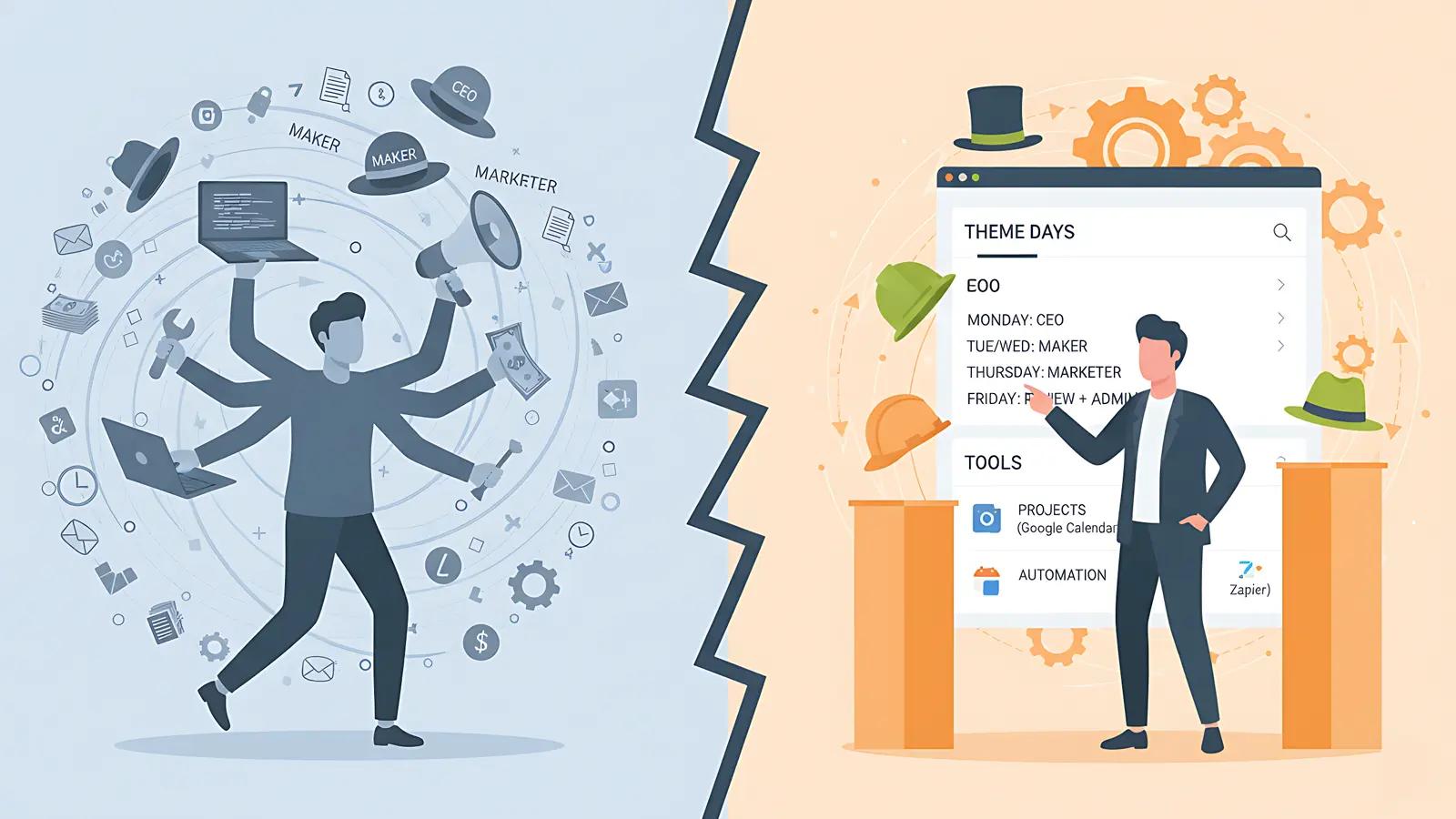The Fear of Failure: Why It's Your Biggest Asset as an Entrepreneur
Fear of failure? Learn to turn it into data, motivation, and success. Reframe failure as your most powerful tool for growth.

Introduction: The 'fear of failure' is the ghost that haunts every entrepreneur. It's the voice that whispers 'What if this doesn't work?' 'What if I lose all my money?' 'What if people laugh at me?'
Most motivational content tells you to 'ignore' this fear or 'be fearless.' This is terrible advice. Fear is a natural and necessary signal. The goal is not to eliminate fear, but to reframe it.
Successful entrepreneurs don't feel less fear; they've just learned to use it as a tool. This guide shows you how to turn your greatest fear into your greatest strategic asset.
Reframe 1: Failure is Not an 'Event,' It's 'Data'
This is the most critical mindset shift.
- The 'Performer' Mindset: Sees failure as a final judgment. "I launched my product, it failed, therefore I am a failure."
- The 'Scientist' Mindset: Sees failure as an expected part of the process. "I launched my experiment, the hypothesis was wrong, and I just gathered valuable data on what not to do. Now I can build a better hypothesis."
When you see failure as data, you de-personalize it. Your idea failed, you did not. You are a person; your startup is a project. Dyson's 5,126 "failed" vacuum prototypes weren't failures; they were 5,126 steps toward the one that worked.
Reframe 2: Fear is a 'Compass,' Not a 'Stop Sign'
Fear is not a signal to stop. It's a signal to prepare. Your fear is just your brain's way of doing a risk assessment, pointing directly to your weaknesses.
- Fear: 'What if I run out of money?'
- Action (Data): 'My fear is telling me to create a 6-month cash flow forecast and secure a line of credit before I need it.'
- Fear: 'What if nobody buys my product?'
- Action (Data): 'My fear is telling me to build an MVP (Minimum Viable Product) and get 10 paying customers before I build the full, expensive version.'
Listen to what your fear is specifically telling you. It's not saying "Don't do it"; it's saying "Don't do it this way. Fix this weak spot first."
Reframe 3: Failure is the 'Tuition Fee' for Your 'Real-World MBA'
You can spend $100,000 on an MBA, or you can spend $5,000 on a failed product launch. Which one will teach you more about what the market actually wants?
The cost of a mistake (lost money, lost time) is temporary. The cost of inaction (driven by fear) is permanent. You will always be haunted by the "what if...?"
The 'Lean Startup' methodology is built on this. The goal is to 'fail fast' and 'fail cheap.' You want to cycle through the 'Build, Measure, Learn' loop as quickly as possible. The faster you can fail (i.e., gather data), the faster you can find what works.
Conclusion: Make Your 'Failure Résumé' Your Proudest Document
Successful entrepreneurs don't have fewer failures; they have more. They have just learned to fail faster, cheaper, and more efficiently. They've learned to separate their ego from their experiments.
Stop trying to avoid failure. Start planning to learn from it. Your fear is just your brain's way of telling you to double-check your data. Listen to it, thank it, and then get to work.
Frequently Asked Questions (FAQ)
S: But what about 'real' failure, like going bankrupt? C: This is why we use fear as a 'compass' (Reframe 2). You don't 'bet the farm' on an untested idea. You 'bet a small amount' to test it. You build a financial 'worst-case scenario' plan. Being smart about risk isn't 'being fearful'; it's 'being a professional.'
S: How do I handle the judgment of friends and family if I fail? C: This is about setting expectations. Frame your venture to them as an 'experiment' or 'learning process' from the start. More importantly, your self-worth cannot be tied to their approval. Your journey is yours, not theirs. Anyone who judges you for trying is not someone you should be taking advice from.
Written by Daily Motivation Team
Sharing motivational content to inspire your journey to success.
Related Articles

The Solopreneur’s Productivity System: How to Be CEO, Marketer, and Maker (Without Burning Out)
As a solopreneur, you're the entire team. This productivity system helps you manage the chaos, separate 'CEO' tasks from 'Maker' tasks, and build a sustainable business of one.

The 'First 10 Customers' Blueprint: A Motivational Guide for New Entrepreneurs
Your product is built. Now, silence. Getting the first 10 customers is the hardest part. This motivational, no-fluff guide gives you 7 actionable strategies to get your first 'yes.'